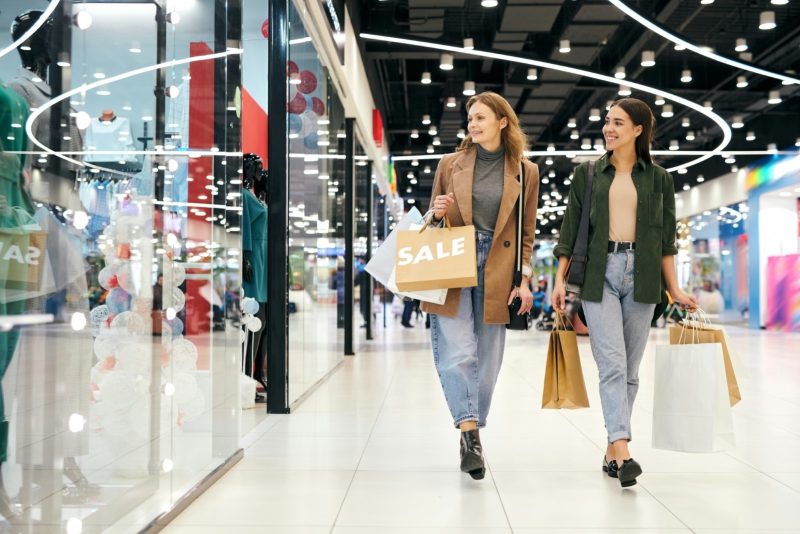Today all retail businesses are expected to balance and blend their physical shopping experience with the rising digital experiences. Known as “phygital” retail, this approach leverages the best of both worlds to create engaging, personalised shopping experiences that meet consumers’ evolving expectations. In a world where 97% of consumers still see the need to visit physical stores, blending the digital and physical is not just a trend—it’s a necessity.
The Benefits of Blending Digital and Physical Retail
Combining digital and physical retail offers a range of benefits for both consumers and retailers. One of the primary advantages is the improved multichannel experience it provides. A study shows that multichannel shoppers tend to spend more—4% more in physical stores and 10% more when shopping online. This increase in spending highlights the importance of creating a seamless experience across all touchpoints.
The convenience of blending digital and physical retail for consumers cannot be overstated. This model not only saves time but also brings more customers into stores, improving the in-store experience.
Personalised shopping is another key benefit of blending digital and physical experiences in your retail fit outs. You can tailor the shopping experience to meet individual customer preferences by employing data-driven insights. This personalisation can lead to higher customer satisfaction and foster brand loyalty.
Strategies for Blending Digital and Physical Experiences
To blend digital and physical retail successfully, you need to add technology to your stores in meaningful ways. Here are some strategies that have proven effective:
- Include Technology in Stores:
Mobile Applications for In-Store Assistance:
Mobile applications allow store associates to access inventory, provide product recommendations, and increase the customer experience.
Self-Checkout and Smart Mirrors:
Self-checkout stations and smart mirrors are becoming increasingly popular in retail stores. These technologies speed up the checkout process and also provide interactive experiences for customers.
Augmented Reality (AR) and Virtual Reality (VR):
AR and VR technologies offer immersive experiences that can engage customers in new ways. Such experiences not only provide value to customers but also help in differentiating your brand in a crowded market.
- Use Data-Driven Insights:
You can use customer data to gain insights into their shopping behaviours and preferences. By understanding what customers like and dislike, you can make informed decisions about what you offer and how you strategise it. Moreover, data analytics and AI tools can help you predict trends, tailor marketing efforts, and optimise inventory management, leading to a more efficient and profitable business.
- Integration with Digital Channels:
You can use technologies like AI-powered chatbots, video assistance, and mobile apps to provide a connected experience across online and offline touchpoints.
The Future of Retail Spaces
The future of retail lies in the concept of the “metachannel,” where digital and physical spaces are integrated to create a unified customer journey. You need to go beyond omnichannel strategies and embrace a metachannel approach that uses data to reimagine and create experiences around the consumer.
In the future, you must create experience-led visions for your commerce initiatives across all channels. This means employing technology to increase product discovery, provide personalised experiences, and create sensory-rich environments that engage customers. By doing so, you can build brand loyalty and keep customers coming back for more.
Experiential retail is also expected to play a significant role in the future of retail. It’s not just about selling products; it’s about creating unique and engaging experiences that reflect customers.
Final Verdict
Combining digital and physical experiences is essential for modern retail success. By incorporating technology, using data-driven insights, and creating enhanced in-store experiences, retailers can meet the evolving expectations of consumers and provide a seamless shopping journey. One thing you need to remember here is that these strategies can cost you a big amount. Nevertheless, as the retail landscape continues to evolve, the integration of digital and physical retail will become increasingly important in creating value for customers and driving long-term success.
Retailers that embrace this phygital revolution will not only improve their customer experience but also redefine what customers expect from both online and traditional shopping. The future of retail is about creating an effortless, multi-dimensional experience that speaks to consumer emotions as much as it does to their needs.









